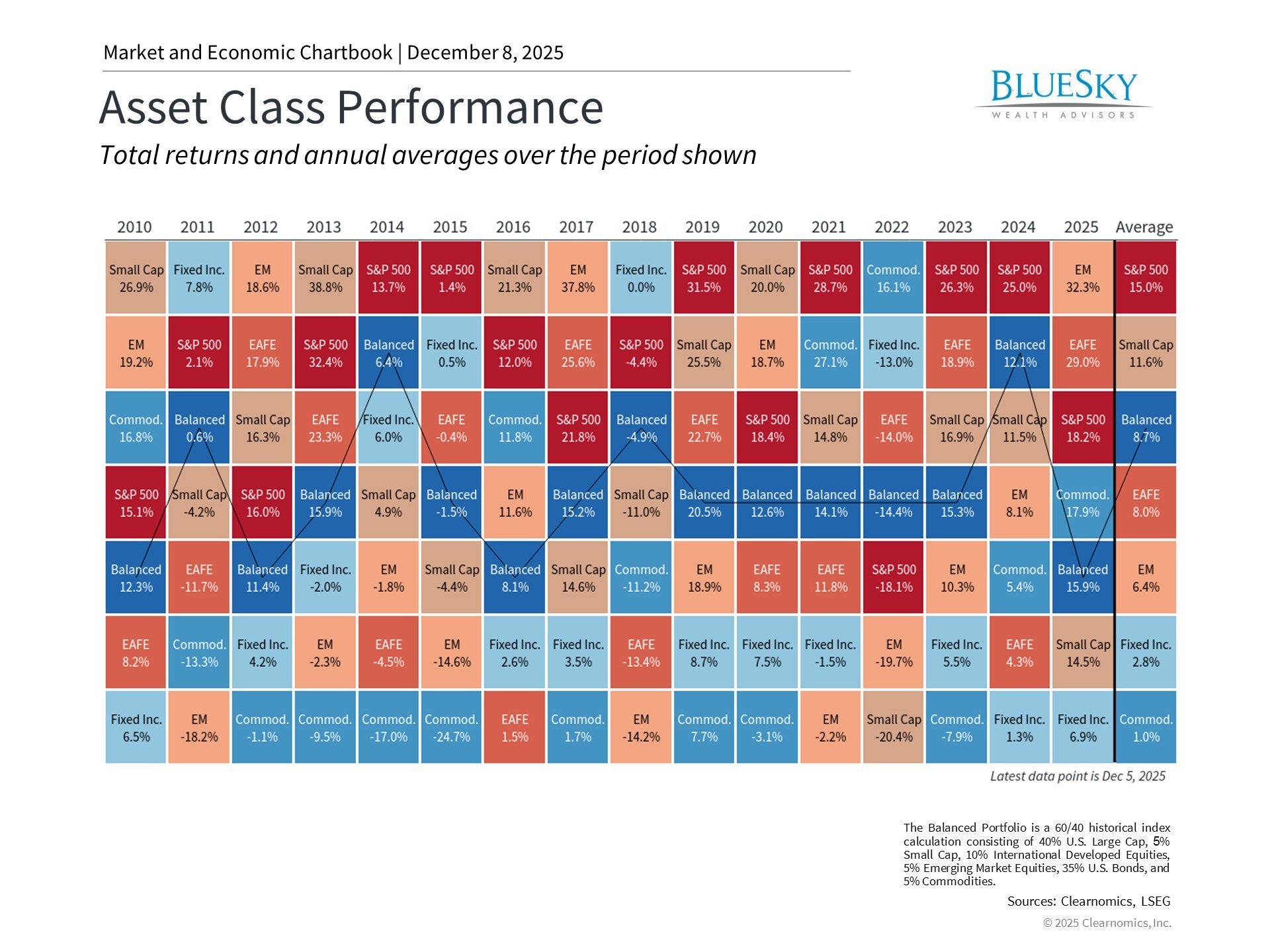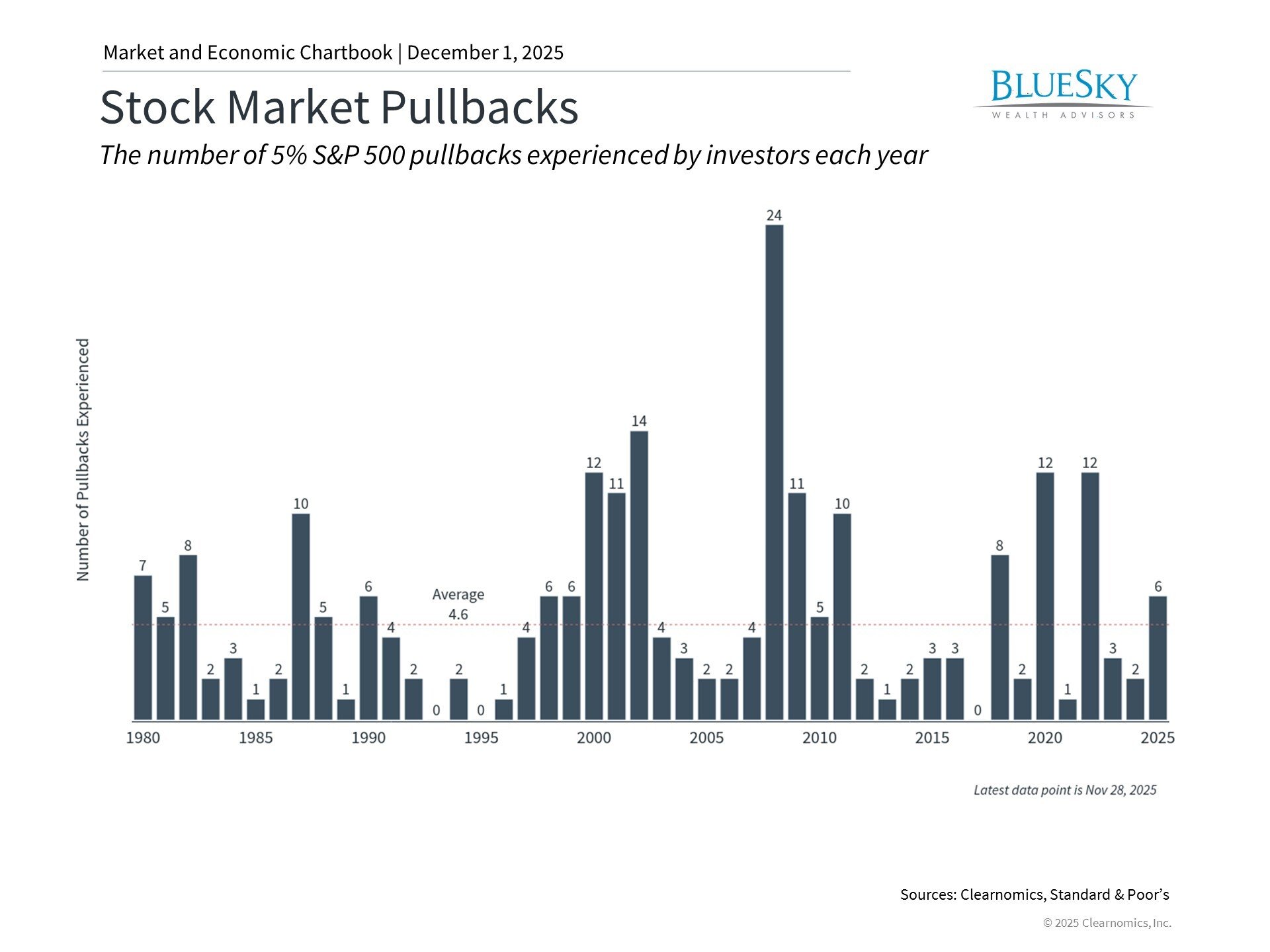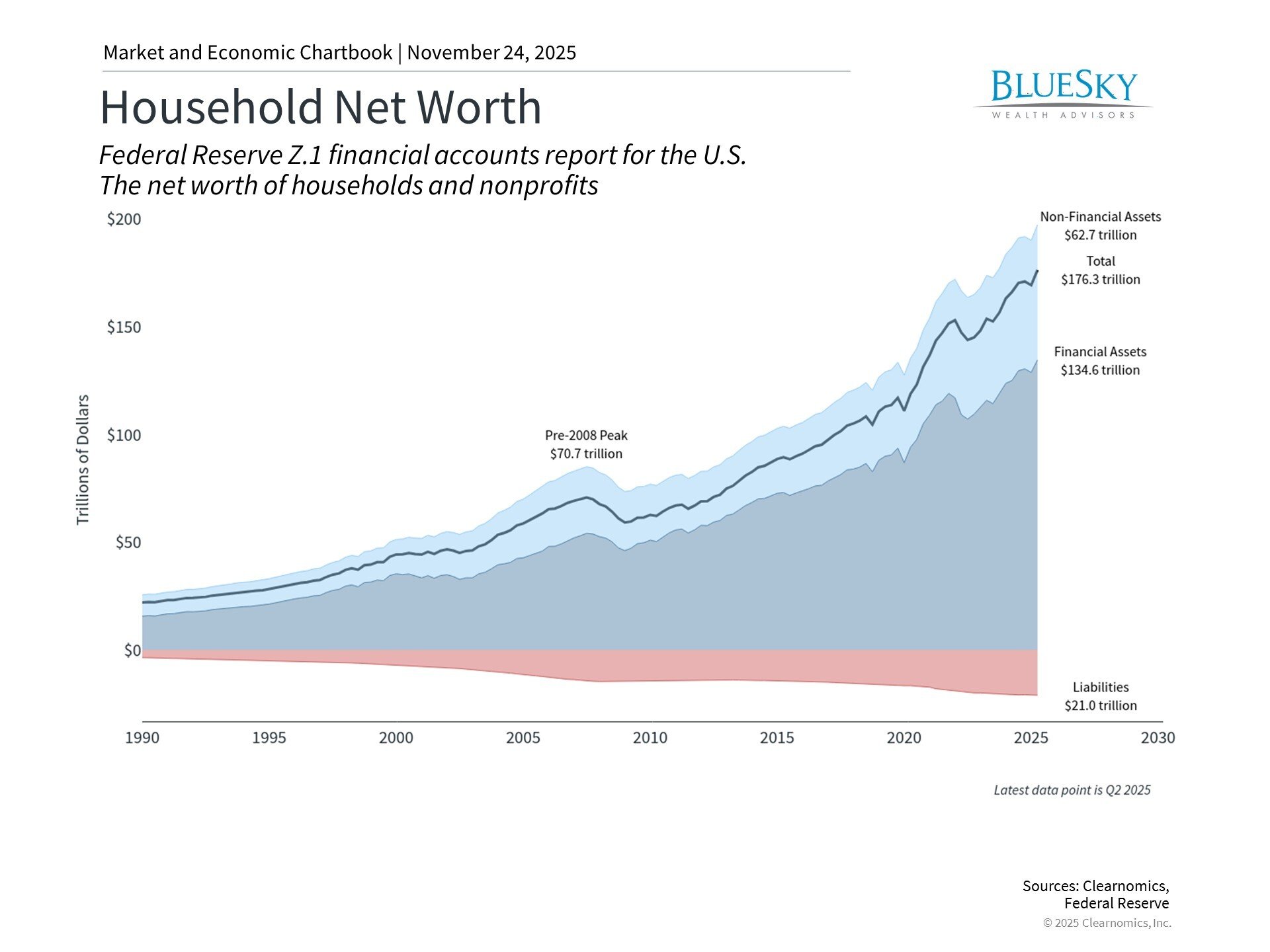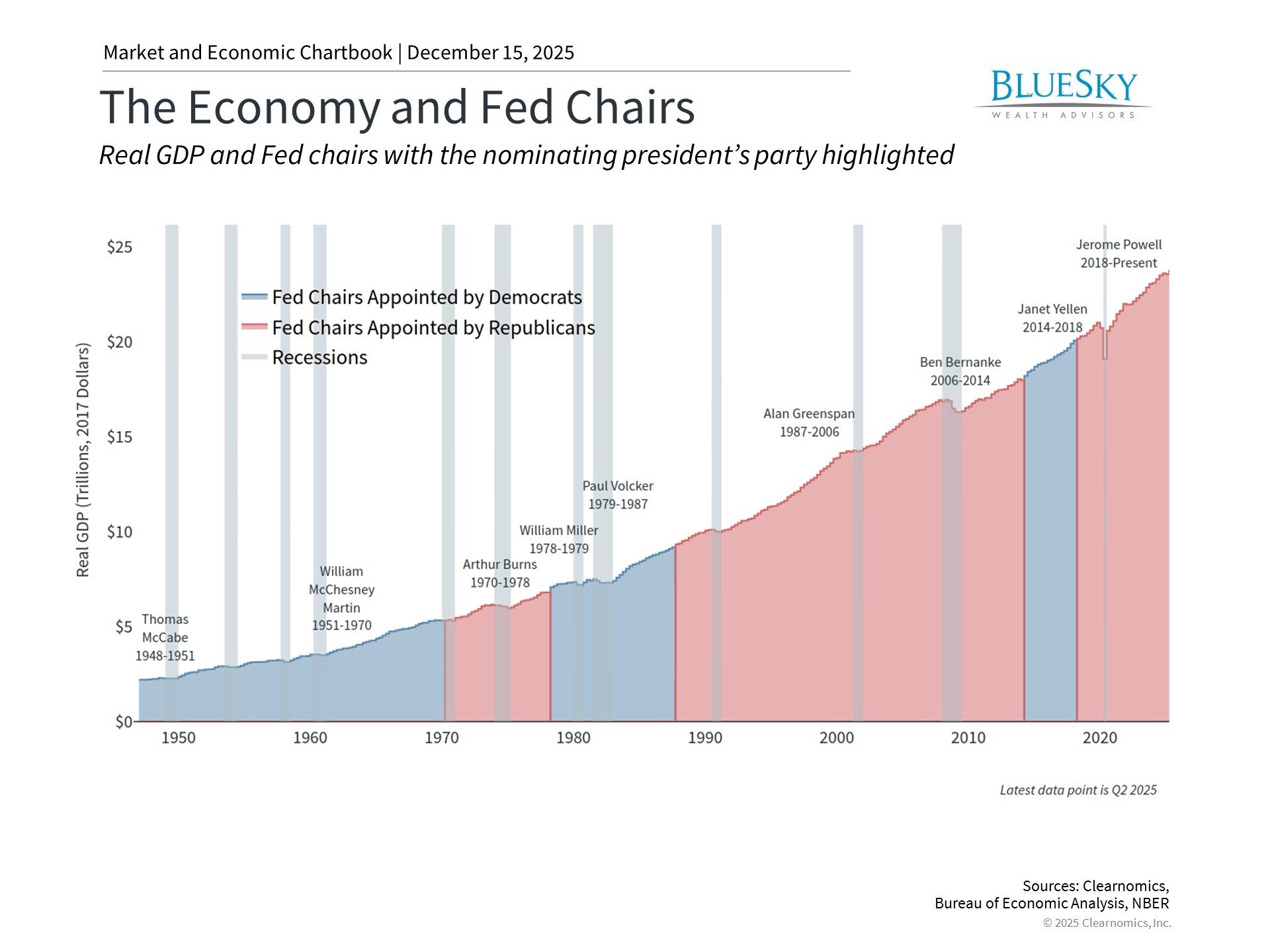
Are High-Yield Bonds Junk Bonds?
Are High-Yield Bonds Junk Bonds?

Marveling at the mystery of high-yield bonds, aren’t you? They’ve been saddled with the unflattering moniker ‘junk bonds,’ but don’t let that fool you. Like how one man’s trash is another man’s treasure, these financial instruments might be the hidden gem in an investor’s portfolio. Brimming with potential, high-yield bonds may offer a lucrative avenue for diversifying investment and enhancing returns.
However, as with all investments, they come with their own set of risks and rewards. This article aims to provide an in-depth analysis of high-yield bonds, their characteristics, and their place in the investment world.
Understanding Junk Bond Spreads: Definition and Features

So, what are junk bonds? High-yield bonds, also known as junk bonds, are fixed-income securities that offer higher yields than investment-grade bonds but carry a higher risk of default. Companies typically issue them with lower credit ratings or those going through financial distress. This elevated level of risk is reflected in their higher yields, making them an attractive investment option for those seeking a higher return on their investment.
High-yield bonds are generally issued by companies that do not qualify for investment-grade ratings due to their high leverage, weak financials, or uncertain business prospects. As such, they carry a lower credit rating and are considered riskier investments compared to investment-grade bonds.
Diving into the Junk Bond Label: Misconceptions and Realities
Despite their negative connotation as junk bonds, these financial instruments may not necessarily be ‘junk’ investments. Yes, a higher degree of risk is associated with high-yield bonds, but that doesn’t mean they are worthless or destined to fail. Here are some realities to help debunk the misconceptions surrounding high-yield bonds:
High-Yield Bonds Aren’t Always Risky
While the name may be slightly off-putting, high-yield bonds are not always risky. The higher yield associated with these bonds is a form of compensation for the inherent risk of investing in companies with a less-than-stellar credit rating. They’re akin to the black sheep of the bond family, misunderstood due to their association with risk but capable of adding value to a well-balanced portfolio. For instance, consider a new tech company bursting with potential but lacking a long credit history.
This company may issue high-yield bonds to raise capital, offering investors potentially higher returns to compensate for the added risk. However, if the company succeeds, these ‘junk’ bonds could become a golden goose, giving investors substantial returns. This example underlines that high-yield bonds aren’t always risky; they can provide substantial returns if the investor is willing to assume more risk in their portfolio.
High-Yield Bonds Aren’t All Junk Companies
The term “junk” may conjure images of companies teetering on the brink of bankruptcy, but this is not an accurate portrayal of all issuers of high-yield bonds. Certainly, some are financially distressed firms, but many are perfectly healthy companies with a less-than-pristine credit rating or a lack of a long credit history. Not all issuers of high-yield bonds are “junk” companies, just as not all treasures are found in gleaming chests. Some are found in the rough, waiting to be polished.
These companies may be start-ups with groundbreaking ideas or established firms entering a transformative phase. In such cases, high-yield bonds serve as a lifeline for these companies to fund their ventures, and the “junk” label merely underscores the risk-return trade-off. But remember, with higher risk comes the potential for higher returns. As astute investors, it’s crucial to peer beyond the “junk” label, dissect the company’s fundamentals, and make an informed decision based on its potential for growth and risk tolerance. Just as you wouldn’t discard a diamond in the rough, don’t hastily dismiss these high-yield bonds as “junk.” They may be your portfolio’s next shining star.
High-Yield Bonds Aren’t a One-Size-Fits-All Investment
In the investment world, painting all high-yield bonds with the same broad brush would be like walking into a shoe store and assuming that every shoe will fit you perfectly. It’s an oversimplification that could lead to a lot of discomfort. High-yield bonds come in different shapes and sizes, catering to various risk appetites and investment objectives. For instance, consider a high-yield bond issued by a fledgling pharmaceutical company working on a promising new drug.
This bond may be risky due to the company’s unproven track record and the uncertainty surrounding the drug’s approval. On the other hand, a high-yield bond from an established telecommunications company looking to expand its network may carry a lower risk, as the company already has a steady stream of income and a more predictable business model. Both these bonds fall into the high-yield category, but they present very different risk and return scenarios for the investor. Hence, one must remember that high-yield bonds are not a one-size-fits-all investment. Dig beneath the surface, understand the issuer’s business model and prospects, and align the bond with your investment objectives before investing.
High-Yield Bonds Aren’t Indicators of a Company’s Financial Health
As discussed, high-yield bonds are not limited to “junk” companies. Companies with robust financials may often issue high-yield bonds due to specific capital requirements or strategic reasons. Therefore, one should not rely solely on the bond’s credit rating when evaluating a company’s financial health. Moreover, credit ratings are unstable and can change over time, making them unreliable indicators of a company’s financial strength. Instead, investors should conduct thorough due diligence on the issuer’s fundamentals, such as cash flow, debt levels, and profitability, before investing in high-yield bonds. As the saying goes, “Look before you leap,” especially when it comes to high-yield bonds.
High-Yield Bonds Aren’t Always Affected by Interest Rates
High-yield bonds are often compared to their investment-grade counterparts, but they may not react similarly to changes in interest rates. Investment-grade bond prices usually fall when interest rates rise due to the inverse relationship between bond prices and yields. However, high-yield bonds may not be as sensitive to interest rate changes since their higher yield already incorporates some anticipation of rising rates.
If an issuer’s credit rating improves, the bond price may rise despite rising interest rates. Hence, investors should not assume that high-yield bonds will always react like investment-grade bonds to interest rate changes. Instead, they should evaluate each bond based on its unique characteristics and the issuer’s financial health. Investment-grade bond prices usually fall when interest rates rise due to the inverse relationship between bond prices and yields. However, high-yield bonds may not be as sensitive to interest rate changes since their higher yield already incorporates some anticipation of rising rates.
Why Do Companies Issue High-Yield Bonds?

Apart from the abovementioned reasons, companies may issue high-yield bonds for various reasons. Here are some common reasons why companies may choose to issue high-yield bonds:
To Raise Capital for Expansion or Growth Initiatives
High-yield bonds are a powerful tool for companies looking to raise large amounts of capital to propel their growth initiatives or fund expansive projects. Unlike equity financing, which dilutes ownership and control, issuing high-yield bonds allows a company to generate funds without surrendering a piece of the pie. It’s a bit like inviting guests to a lavish banquet but allowing the host to retain the master seat at the head of the table. High-yield bonds appeal to companies with ambitious expansion plans or innovative projects requiring substantial capital outlays.
For instance, consider an emerging tech company planning to develop a groundbreaking technology that could revolutionize the industry. However, such a technology’s economic growth and market introduction require a significant capital investment. To amass these funds without diluting control, the company may issue high-yield bonds, allowing investors to participate in its growth story and share in its potential success. This scenario perfectly illustrates why companies may issue high-yield bonds as a strategic move to fuel their expansion and growth initiatives.
To Finance Acquisitions or Mergers
Another reason companies might issue high-yield bonds is to finance mergers or acquisitions. In the business world, these transactions are as common as having a cup of coffee in the morning, but the financing behind them can be as complex as a triple-shot espresso with caramel drizzle, whipped cream, and sprinkles. Mergers and acquisitions often involve huge amounts of money that many companies don’t have in the bank; thus, issuing high-yield bonds can help them acquire the necessary funds without taking on too much risk.
This is where high-yield spreads come into play. By issuing these bonds, a company can raise the necessary capital to acquire another company or merge with it while maintaining a comfortable debt-to-equity ratio. It’s a clever way to fund a major move without diving too deeply into their coffers or diluting ownership by issuing more equity. So next time you hear about a mega-merger or a big-money acquisition, chances are high-yield bonds played a part in the funding magic.
To Refinance Existing Debt
The Silicon Valley Bank may also issue high-yield bonds to refinance existing debt. Like individuals, companies often find themselves in a debt trap with high-interest loans and credit facilities that can limit their growth potential. In such cases, issuing high-yield bonds at lower interest rates can help lower the company’s financing costs and improve its cash flow.
Additionally, using treasury yields empowers companies with greater flexibility in debt management. This, in turn, liberates funds for investment in ice data indices initiatives or distribution of dividends to shareholders. Consequently, high-yield bonds are a strategic instrument for enhancing financial well-being and fostering company growth.
To Fund Share Buybacks
Share buybacks are another common way companies employ excess cash or leverage their balance sheets. By repurchasing their bond yields, companies can reduce the number of outstanding shares, consequently increasing earnings per share and enhancing shareholder value. However, share buybacks require significant funds that may not be readily available to a company. In such cases, issuing treasury bonds can provide the necessary capital to fund share buybacks without draining existing cash reserves or reducing liquidity. It’s a win-win situation for both the company and its shareholders.
To Boost Working Capital
High-yield bonds can help companies raise funds to manage their day-to-day operations efficiently. For example, a retailer may issue high-yield market bonds before the holiday season to stock up on inventory and meet consumer demand during the peak shopping period. This way, they can ensure they have enough stock to meet customer demand without straining their cash flow or limiting their growth potential. Short-term financing options like high-yield bonds allow companies to access funds quickly and efficiently, ensuring smooth operations during critical periods.
To Increase Liquidity
Sufficient liquidity is crucial for any company, especially in uncertain or market volatility. Companies can increase their available risk premiums by issuing high-yield bonds and have more wiggle room to navigate economic downturns or unexpected expenses. This treasury bond cushion boosts a company’s stability and allows it to seize potential opportunities in the credit markets. Hence, by issuing high-yield bonds, companies can improve their liquidity levels and be better positioned to weather any financial storms that come their way.
To Avoid Bankruptcy
While it may seem counterintuitive, issuing high-yield bonds can sometimes help companies avoid bankruptcy. When a company is struggling financially, traditional lenders may not be willing to lend them more funds or may charge exorbitant interest rates due to the higher risk involved. In such situations, issuing high-yield bonds can be a lifeline for the company, providing them with much-needed capital and time to turn their financial situation around. It’s like a parachute that opens just in time to save the day.
To Diversify Funding Sources
Companies may choose to issue high-yield bonds to diversify their funding sources. By utilizing different types of financing, such as bank loans, equity, and high-yield bonds, companies can spread out their risk and rely on a more balanced mix of junk debt and equity in their capital structure. This benchmark bond measure reduces the company’s dependency on a single funding source and allows it to access varying interest rates and terms, improving its overall financial health.
Challenges Faced By High-Yield Bonds
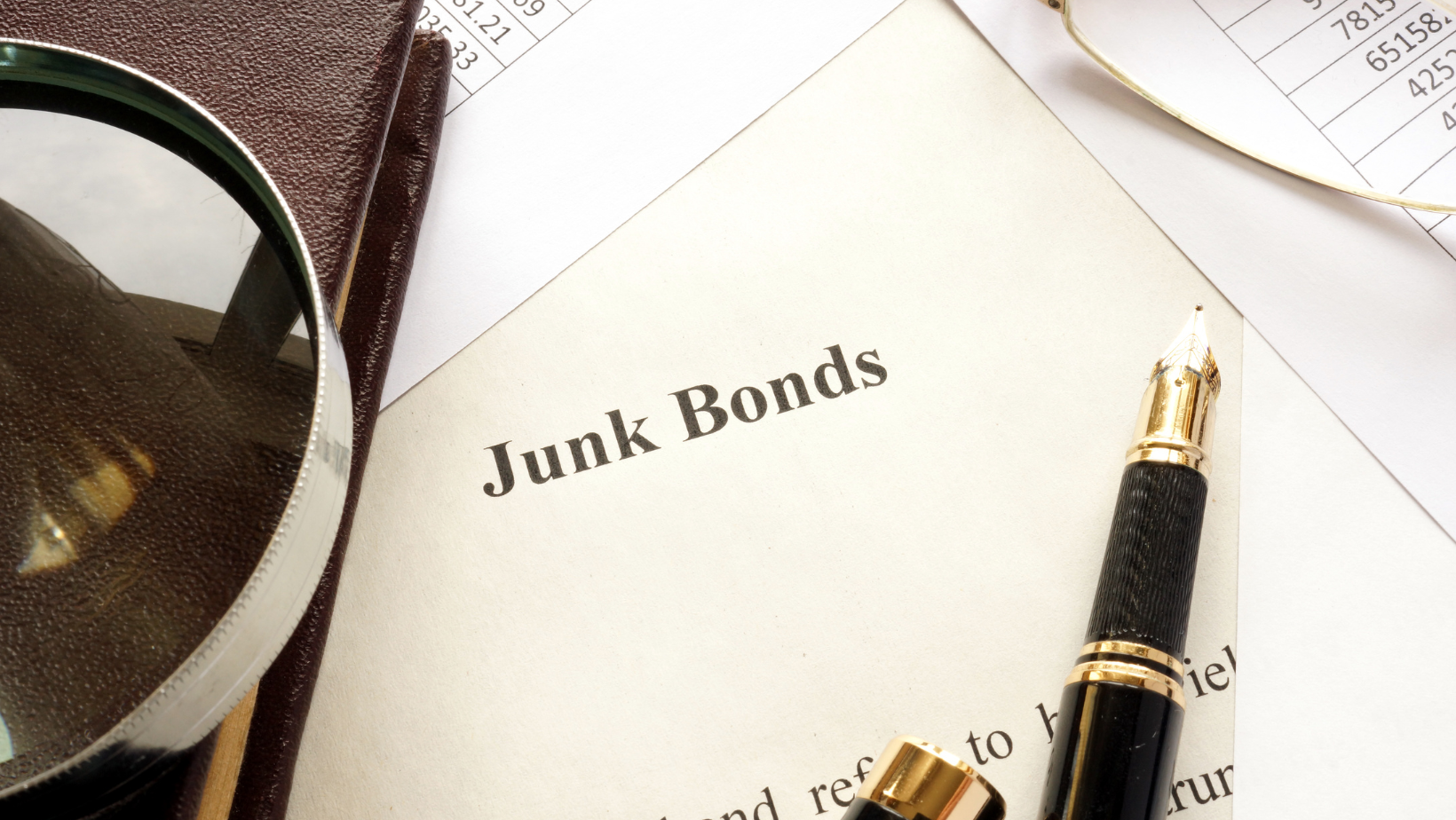
While high-yield bonds offer many advantages to companies, they are not without challenges. The most common challenges include the following:
Higher Interest Rates
As the name suggests, high-yield bonds have higher interest rates than traditional investment-grade bonds. This is because high-yield bond spreads are considered riskier investments and require investors to be compensated for taking on that risk. The higher interest rates can significantly increase a company’s cost of capital and affect its bottom line.
High Default Rates
High-yield bonds have a higher likelihood of default compared to investment-grade bonds. This means there is a high yield index that the issuing company may be unable to make interest or principal payments on time or at all. In such cases, investors may suffer losses on their investments, and the company’s credibility and financial health can also take a hit.
Limited Investor Pool
High-yield bonds are typically unsuitable for risk-averse investors, limiting the potential pool of investors. This makes it challenging for companies to raise large sums of money through below-investment-grade rating bonds and may result in higher interest rates or a smaller offering size.
Conclusion
Overall, junk bond spreads offer many benefits to companies, including strategic financing options, improved financial health, and increased flexibility. However, they also come with challenges like higher interest rates and default rates. Companies must carefully weigh their options and consider their creditworthiness and risk appetite before issuing high-yield bonds. By doing so, they can make informed decisions and utilize high-yield bonds as a valuable tool in their financial strategy.
So, are high-yield bonds junk bonds? No, they are not. They have their purpose and place in the financial market, and companies can use them to their advantage if done strategically. As with any financial decision, thorough research and careful consideration are key to success. So, don’t be afraid to explore the world of high-yield bonds and see how they can benefit your company’s financial goals. As the saying goes, with great risk comes great reward. Will you take the leap? Let us know in the comments! Happy investing!

